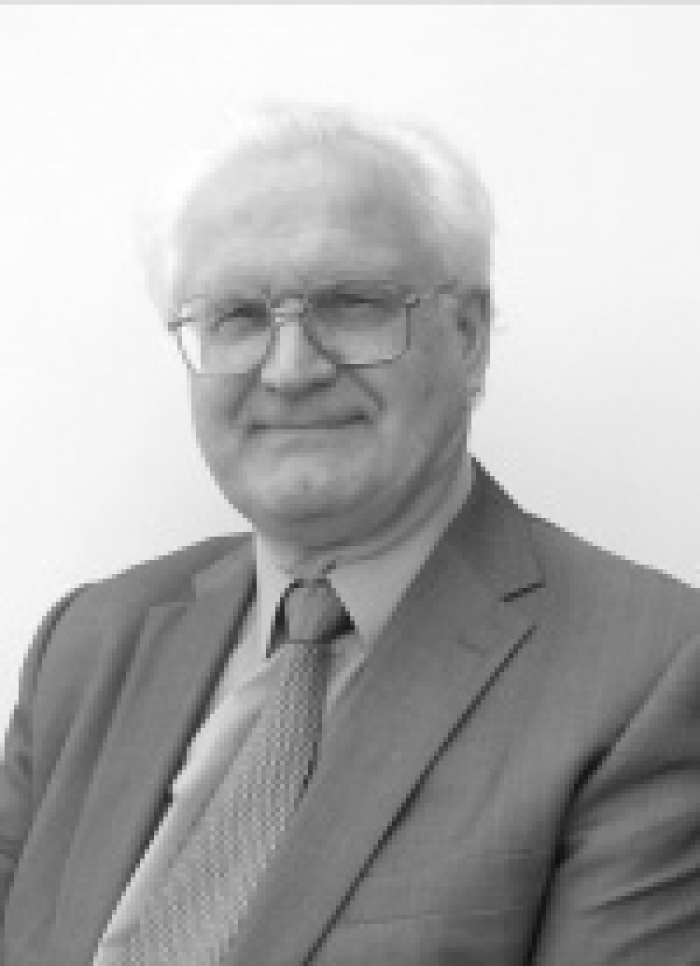This article shares some of the research in the new IDTechEx report, "Range Extenders for Electric Vehicles 2011-2021". We are in the age of the hybrid electric vehicle which is strongly outselling pure electric vehicles in market value though not in numbers over the next decade. This is mainly due to the hybrid land vehicles replacing those with conventional powertrains for economy and reduction in pollution where performance is demanded that is still not affordably obtainable from batteries alone. Indeed, in 2021, many hybrids will even offer longer range than the conventional vehicles they replace whereas pure electric vehicles will not. In market value, the largest hybrid sectors will be cars, buses and other commercial vehicles, military and outdoor heavy industrial vehicles.
A hybrid electric vehicle is a battery powered vehicle with extra energy provided by another on-demand device called a range extender. Today, that is usually nothing more than an off-the-shelf piston engine not designed for this purpose. It is therefore unnecessarily heavy, large, unreliable, short-lived, noisy, expensive to maintain and polluting. This is particularly true with the new lithium-ion traction batteries in the vehicle because these can manage almost all of the load variation, so the range extender can be a nearly constant energy device.
Indeed, with improved traction batteries, even less will be required of the range extender in future. Most popular today are second generation lithium-ion batteries that are safer, more temperature tolerant and potentially power cost. However, there is a strong demand for longer all-electric range for hybrids so larger versions of these batteries are starting to be used in hybrid vehicles, together with fast charging and energy harvesting such as solar panels and energy harvesting shock absorbers. All this helps to cope with range extenders producing only modest amounts of electricity and even having a start-up time of two minutes or more though that is not preferred.
Nevertheless, those developing range extenders optimised for these purposes will not have an easy time. The race is on to make range extenders that deliver about one fifth of the energy of the conventional engine used in hybrids today but at one tenth of the size, weight and price and preferably with much longer life, much less maintenance and disproportionately less noise and pollution. Add to that freedom from the tyranny of oil supplies.
To address these challenges, second generation range extenders consist of simplified piston engines. Examples include the single cylinder Polaris Industries REX motor from Switzerland, the two cylinder designs from Ricardo Engineering in the UK (originally developed for Unmanned Aerial Vehicles UAVs) Mahle of the UK, Getrag of Germany and GSE of the USA and the three and four cylinder designs from the German Aerospace Center, Lotus Engineering in the UK and others. Primarily these are designed for cars and deliver 8-50 kW, usually less than the conventional engines they replace. Some save space by being flat. Complexity is hugely reduced with monoblock construction in some cases, elimination of the oil pump and miniaturisation for constant torque and revolutions. Often they can run efficiently on a variety of fuels and gases. Both diesel and gasoline versions are available.
Third generation range extenders are little used as yet but very widely trialled. They get rid of the pistons in order to capture further gains in reliability, life, pollution reduction, freedom from conventional oil supplies and so on. Something of a crossover to the third generation range extender is the Wankel engine rotary combustion engine demonstrated in a hybrid aircraft recently by Austro Power of Austria in partnership with Siemens and the continuing intention of Audi in Germany to use them in hybrid cars.
Mainstream third generation range extenders employ either gas turbines - miniature jet engines - or fuel cells. They build on the fact that Capstone turbines from the USA have been used in DesignLine hybrid buses from New Zealand. Over 1000 have been sold since 1998. The later versions from Bladon Jets and others are much smaller, simpler and lower cost and they have effectively no start-up time but are only in the laboratory as yet.
The commercialisation of fuel cells has been agonisingly slow since they were invented in the 1840s. The dream of having them replace batteries in pure electric vehicles is still unrealised and twenty years of trialling them in buses and other vehicles has only resulted in the occasional one off commercial application. One of these is in one or two Autonomous Underwater Vehicles UAVs in Japan and the USA and even here the big lithium-ion traction battery is still needed. Today, fuel cells are still very poor at managing load variations, particularly the very rapid ones encountered with vehicles by land, sea and air. The focus is therefore on using them as stationary power supplies and as vehicle range extenders, with Mercedes announcing that it will launch the world´s first volume production of a fuel cell car, albeit premium priced.
However, both jet engines and fuel cells have many challenges before they are widely adopted as range extenders. There are the safety issues of a jet engine spinning at three times the speed of a dentist´s drill and emitting hot gases in a car. Fuel cells are expensive and often large for the amount of energy they deliver and unreliable. Distribution of hydrogen, while easy to a bus, taxi or truck depot, is horrendously expensive for the cars of the world. Hydrogen is itself expensive as yet and its safe storage in a vehicle comes with penalties in cost, space and weight. They are therefore being used in price insensitive applications such as the Northrop Grumman surveillance airship currently being constructed and costing over $500 million and an AeroVironment fixed wing unmanned solar aircraft. Rather than compete with the typically 20-100 kW simplified piston engines and microturbines, fuel cell range extenders from Nuvera, DLR and others are aimed at 1.5 - 8 kW applications as in motor cycles and airport Ground Support Equipment GSE. However, some from Intelligent Energy, Ballard, Daimler and others reach 30 kW or more.
We are therefore going to see most range extenders consisting of simplified internal combustion engines over the coming decade. That still leaves room for radical ideas however. In particular, elimination of the shaft and separate generator is being explored with a view to launch near the end of the decade. For example, Clarian Laboratories Wankel-like "rotary piston generator" in the USA creates electricity electromagnetically as does the double opposing "free piston" design being perfected by the German Aerospace Center and others.
The market for second and third generation range extenders in cars and buses alone will probably be over $40 billion in 2021. In addition, there will be a host of premium priced, highly profitable markets for range extenders in other vehicles by land, sea and air for both civil and military applications. A large new range extender market is therefore being created. Use of those large, inappropriate conventional engines in hybrid electric vehicles will soon be consigned to the history books.

07 Julio 2011
Electric Vehicle Range Extenders - A Large New Market
por

